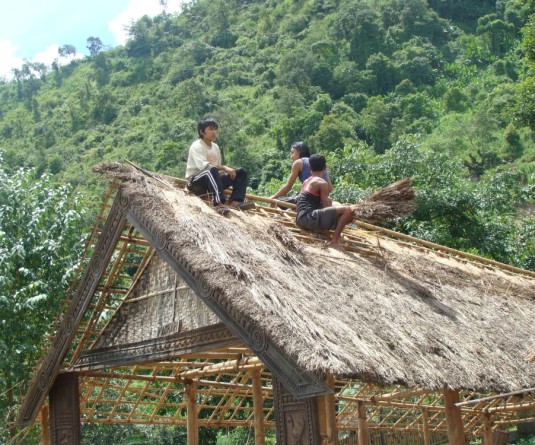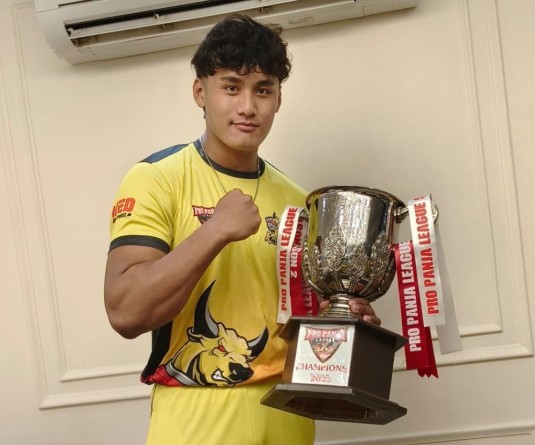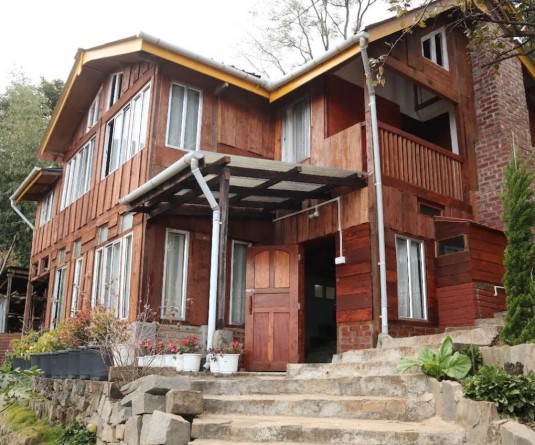
Abraham Lotha
New York | May 25
Being marginalized is a common problem for most of the hundreds of indigenous peoples attending the Fifth Session of the UN Permanent Forum on Indigenous Issues in New York. But there is another problem that undermines their very identity and presence at the Forum. There is no universally accepted definition of the concept of ‘indigenous peoples‘.
The histories of the ‘indigenous peoples’ and their relationships with the dominant society and the state vary from one ‘indigenous’ group to another. According to Benedict Kingsbury, “the fact that indigenous peoples has become an appealing term which many groups (or individuals speaking for them) choose to apply to themselves is largely a result of the currency given to the category by the international activities of nonstate and interstate organizations.”
The definition widely used at the UN by the International Working Group on Indigenous Populations is the one formulated by J. Martinez Cobo (UN Special Rapporteur) in the Study of the Problem of Discrimination against Indigenous Populations, 1987 that defines indigenous peoples as “ … those which, having a historical continuity with pre-invasion and pre-colonial societies that developed on their territories, consider themselves distinct from other sectors of the societies now prevailing in those territories, or parts of them. They form at present non-dominant sectors of society and are determined to preserve, develop and transmit to future generations their ancestral territories, and their ethnic identity, as the basis of their continued existence as peoples, in accordance with their own cultural patterns, social institutions and legal systems.”
But this definition is applicable mostly to areas such as United States of America, Canada, Australia and New Zealand. The indigenous peoples in these states were colonized, disadvantaged and discriminated against. As Andrew Gray points out, the universal applicability of the term ‘indigenous’ is difficult, “as it depends on who is seen as the “outsider” and the extent to which the territory is defined.”
In Asia, any claim to be ’indigenous’ is countered by questions about clear distinctions between ‘indigenous’ peoples and other groups in the country. Thus, for instance, the Vietnamese Government claims that there are ethnic groups and minorities but no ‘indigenous’ people in the country.
In India, the government insists that there are no ‘indigenous’ peoples since most of the people have lived in India for thousands of years. Instead, the Constitution of India in 1950 recognized some of the peoples as scheduled tribes. Article 342 of the Indian Constitution states that, “the President may, with respect to any State or Union Territory, and where it is a state, after consultation with the Governor thereof by public notification, specify the tribes or tribal communities or parts of or groups within tribes or tribal communities which shall, for the purposes of this constitution, is deemed to be scheduled tribes in relation to that state or Union Territory, as the case may be.”
In Africa there has been a misunderstanding of the term ‘indigenous’. “Many Africans have been shocked by the idea that one group of Africans claims to be indigenous, which implies that others are not. We need to be clear about the meaning of this word as it is being used in the UN system. … Most groups claiming to be indigenous are peoples who live by hunting, gathering and fishing and peoples who are nomadic pastoralists. Others are traditional peoples who are dependent on the use of natural resources” according to African Indigenous Peoples Caucus Statement to the 5th Session of the UNPII.
So in the absence of a universally acceptable definition, it gives the States a reason and an excuse to ignore the resolutions of the UNPFII sessions and the Draft Declaration on ‘indigenous peoples‘ as inapplicable to them.
But precisely because the definition of the concept of ‘indigenous’ is open, any of these ‘indigenous’ groups can self-identify themselves as indigenous peoples based on elements such as history, language, culture and belief, and link to territories.
The most fruitful approach, as the Factsheet by the UN on indigenous peoples says, is to identify, rather than define indigenous peoples. And from then on, to deal with the problems faced by the indigenous peoples for the protection of their culture, rights, lands, and natural resources.
Morung Express News






